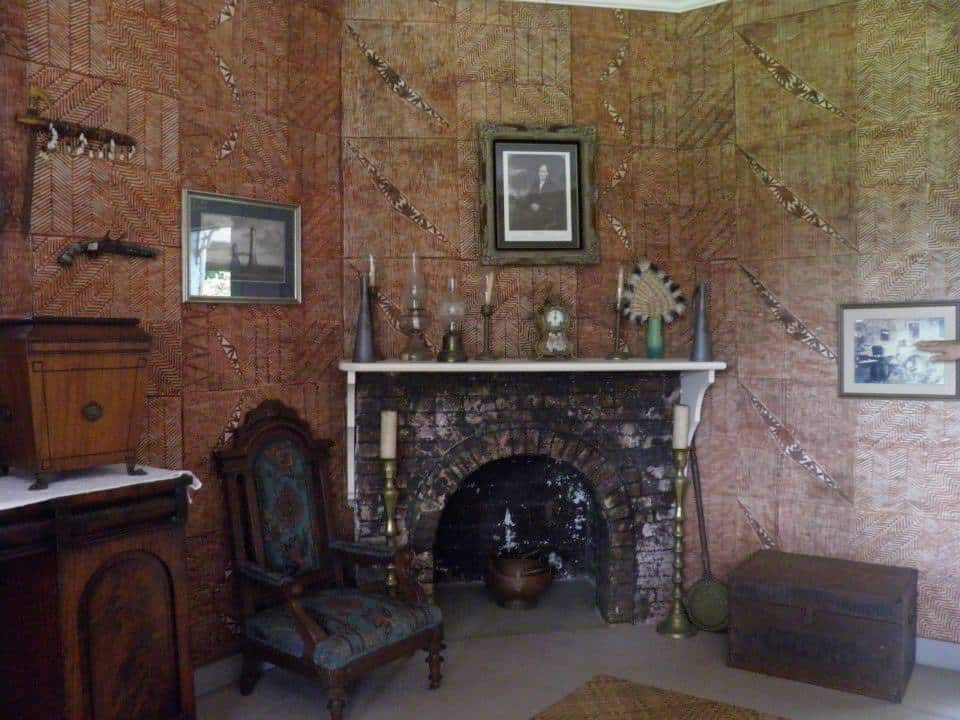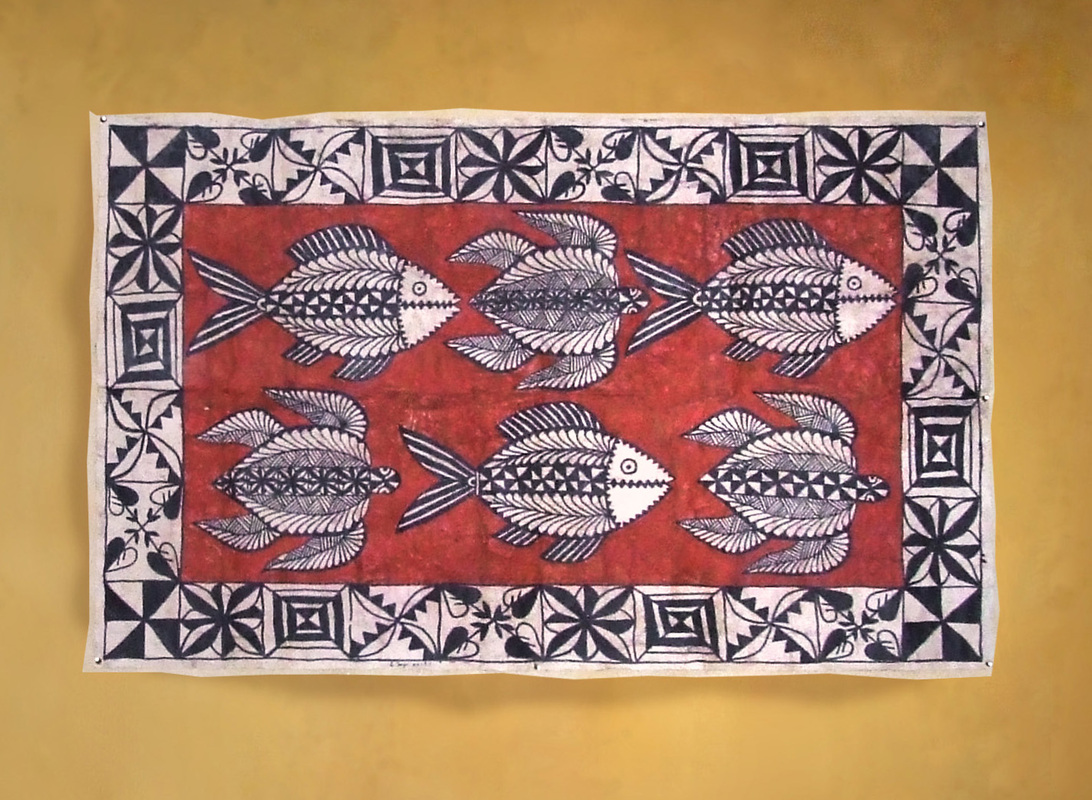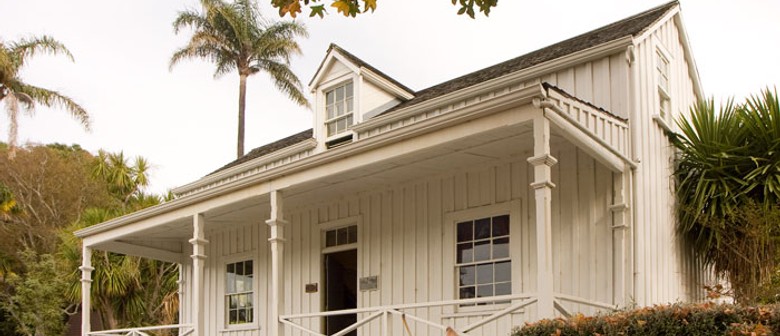Antipodean Revival : Living the Dream Colonial Styles
[NZ the 1st country in the world to see the sunrise ]
Antipodean Revival harks back to the era of Empire, expedition and exploration of the far flung colonies in the Southern Seas. These strange and unfamiliar new lands of New Zealand, Australia and the Pacific Islands in the Southern Hemisphere were known in the 1800s as the Antipodes.
Military, travel, trade and other colonial adventures in India, Indonesia, Indochine, Antractica, South America, South Africa and other Southern places were a strong influence in house architecture and interiors at the edge of the Empire.
Java,Jakarta, Kuala Lumpur, Burma, Singapore, Macau, Durban, Bolivia, Argentina, Tonga, Samoa, Hawaii, Tahiti, Rangitikei ; names evoking the spirit and romance of the moment were all on the itinerary
A warm climate and vast coastline make living and playing by the sea side a lifestyle
The charm of the bungalow, villa, verandah, picnic and regatta of the Antipodean epoch - blowing in from the trade winds of foreign travel.


Come on in and look around
The defining features, finials, fret work, lattice work, cornices all speak to us with an exotic and occidental accent.
The architectural features of colonial homes in the balmy equatorial, tropical to temperate climes were large high windows, doors and ceilings along with ornate air vents and fans to make the most of natural light and air flow to keep houses cool. Sunlight hours are longer and the rays stronger in these environments. Blinds and shutters kept the elements out at night.


Colinisation of he Antipodes began in the Regency period [late 1700s]. The original furniture,furnishings and homes of the settlers,traders and travelers were of this era; whether it came with them aboard ship, bought from importers,local manufacturers or home made from native timber. Gothic Revival was big at the time and a great influence in the Antipodes. Victorian embellishment was shipped in a little later.
#
Bold and darker regency colours & Victorian trends with pigment paints imported from the old country .

or the later clear neutral lime wash based colours reflecting light and coolness. It also reflected the missionary influence of restraint, modesty and humility particularly in New Zealand.

Garret rooms and Dormer Windows in the Attic Space.
Every corner of a home, small by necessity, were used. Older children,lodgers and labourers were banished upstairs[or more often a ladder]


Beds, frequently no more than boxed stretchers were usually shared 2 or more to a bed.

The Little Room.
simple elegancea splash of colour from pigment palette
for more authentic bathing of the period

[whore's bath] actual ablutions and bathing for most folk during the era
Mercantile and Commercial Premises
[the beard in keeping with the original Antipodean Revival style of the building]
Clutter, mementos and souvenirs were not just for the home.
Furniture, Furnishings and Accoutrement
The convenience and simplicity of campaign furniture and fold up apparatus made common appearance in the colonial home for practical reasons.
Top Tips for Decor & Accessorising in the Antipodean Revival Style
Pallette cards from the regency era

Polynesian Tapa cloth and ornament
Occidental, Oriental fabrics & Prints

Chinoiserie style home ware and furniture

Collections of unusual object d'art and natural science.
Architecture of the Antipodean Period



































No comments:
Post a Comment